WebSponsorsICAST copy
Do you have any thoughts on this post?
Modern habitat management will help the iconic mule deer herd rebound
If you’re a fanatical mule deer hunter, you’ve heard of the Wyoming Range, or “Mule Deer Factory,” as Randy Newberg calls it. Every spring, mule deer feed into the lush high country of this iconic mountain range after a winter spent amongst the sage with pronghorn antelope, sage grouse, and other wildlife. This year however, the low country refuge around Rock Springs, and other areas across the state, was battered by arctic temperatures and deep snow that covered the sagebrush these animals depend upon to survive.
The somber views of starving mule deer and pronghorn antelope I passed in early March while driving south to Rock Springs foreshadowed the coming die-off. Roughly 70% of collared does, 60% of collared bucks, and all collared fawns in the herd succumbed to the worst winter in decades. On a recent 80-mile backpack along the length of the Wyoming range, my colleague and Wyoming Community Partnerships Coordinator, Alex Aguirre, shared that he saw just one buck. It will take years for these herds to recover.
We can’t control the weather, but we can prepare for the snow, rain, and drought that will inevitably come. Right now, mule deer and pronghorn are recovering and preparing for next winter by raising fawns and feeding on the highest quality forage to build critical fat reserves. We want healthy big game populations in Wyoming, which means we need healthy habitat. The TRCP and our partners in Wyoming are committed to ensuring proper habitat management on our public lands, and specifically as a pillar of the Bureau of Land Management’s revised Rock Springs Field Office Resource Management Plan.
The Rock Springs Field Office covers over 3.6 million acres of varied landscapes in southwestern Wyoming. At the southern end, hunters and anglers treasure opportunities to pursue trophy-class bull elk and cast for native cutthroat trout in the Greater Little Mountain Area. Further north in the Red Desert, lies critical winter range for the longest known mule deer migration, the 150+ mile Red Desert-to-Hoback Migration. I have fond memories of early spring mornings watching dozens of male sage grouse strut and display on lek sites during the spring mating season as herds of pronghorn grazed in the distance along this ancient corridor. The BLM is in the process of revising the management plan for this field office and we expect to see a draft proposal out for public comment this year. The timing couldn’t be better given all the pressures big game are facing.
The BLM manages close to 30% of all land in Wyoming and it’s important to note that these public acres are also critical drivers of local economies, providing leasing opportunities for energy development, livestock grazing, and other industries in addition to the key habitats they provide for wildlife. Yet, we must not forget that Wyomingites choose to live and work in this great state because of the abundant wildlife resources and wide-open spaces. Ensuring a resilient future for our recovering mule deer and pronghorn populations, while also facilitating thriving local economies, should not be an either-or proposition.
I’ve been fortunate to pursue high country mule deer in summer range along the Red Desert to Hoback Migration route and can attest that these animals have grit. It’s been over 15 years since the BLM initiated the Rock Springs Resource Management Plan revision. In that time our understanding of the ecological processes at play on these landscapes has changed dramatically. I want future generations to have the opportunities I’ve had to be humbled by Wyoming’s mule deer. We can achieve that by ensuring that the Rock Springs Resource Management Plan is updated in a timely manner and in ways that respond to the challenges of today – by including policies that conserve crucial habitat for our big game herds for decades to come.
Photo Credit: Josh Metten
Yesterday’s hearing of the Senate ENR Subcommittee on Public Lands, Forests, and Mining featured testimony on pending legislation aimed at protecting, and benefiting, fish, wildlife, outdoor access, and the economy.
“The Theodore Roosevelt Conservation Partnership thanks Chairwoman Cortez Mastro (D-N.M.) and Ranking Member Mike Lee (R-Utah) for holding this public lands subcommittee hearing,” says Patrick Donovan, chief policy officer at the Theodore Roosevelt Conservation Partnership. “We remain dedicated to ensuring the places Americans love to hunt and fish are conserved and look forward to working with the Committee to advance these and other important habitat and access priorities this Congress.”
Among the many pieces of legislation considered on Wednesday, TRCP priorities include:
The Malheur Community Empowerment for the Owyhee Act aims to find collaborative solutions that benefit fish, wildlife, and the local outdoor economy. “We believe that the Owyhee Plateau is a landscape that should be safeguarded for future generations of American sportsmen and sportswomen,” says Michael O’Casey, deputy director for the Pacific Northwest at TRCP, “We appreciate Senator Wyden’s efforts to bring diverse stakeholders to the table to discuss ways to protect the Owyhee canyon country and the multiple uses it supports.“ This hearing provided an opportunity for feedback and possible improvements to the bill, so it achieves its promise for public lands, fish and wildlife, and the Malheur County economy. Speak up for Owyhee Protections here.
The Colorado Outdoor Recreation and Economy (CORE) Act, led by Senator Bennet (D-Colo) seeks to protect over 420,000 acres of public lands in Colorado and safeguard outdoor recreation opportunities to boost the economy for future generations.
The Dolores River National Conservation Area and Special Management Area Act, which enjoys bipartisan support in the House, would designate a National Conservation Area (NCA) for a portion of the Dolores River Corridor and protect over 68,000 acres of public lands in Colorado.
Together, The CORE Act and The Dolores River National Conservation Area and Special Management Area Act, would protect prime hunting and fishing destinations in Colorado, like the Thompson Divide, miles of trout streams and elk and mule deer range, and unlock new public fishing access in the Gunnison River Basin. Learn more about the importance of hunting and fishing access here.
The TRCP remains committed to working with Congress to advance these and other important public lands, habitat, and access legislation.
Watch the Senate ENR Subcommittee on Public Lands, Forests and Mining hearing here
Backcountry Conservation Areas and other Resource Management Plan updates will ensure conservation of high-quality habitats
Last week, the Bureau of Land Management’s Royal Gorge Field Office published their proposed final Eastern Colorado Resource Management Plan revision and environmental impact statement for review before a final Record of Decision is signed. The final Resource Management Plan will provide management direction for 666,127 surface acres and nearly 6.5 million subsurface acres of mineral estate in Eastern Colorado for decades to come. The TRCP thanks all the BLM, Department of Natural Resources, and Colorado Parks & Wildlife staff, county officials, and TRCP members, supporters, and partners who have provided invaluable feedback, guidance, and expertise since this plan revision process began in 2015.
These BLM lands are home to elk, mule deer, pronghorn, bighorn sheep, and wild and native trout, and encompass 487 miles of streams and rivers and popular destination lakes and reservoirs valued by anglers. The updated BLM plan commits to managing 87,400 acres of extraordinary fish and wildlife habitat as Backcountry Conservation Areas, thereby protecting them from fragmentation and development while maintaining important access for hunting, fishing, and other forms of wildlife-dependent recreation and traditional uses of the land.
In these BCAs, the BLM will focus management activities on the conservation and restoration of key habitats, which can include wildfire mitigation work and habitat improvement projects where needed. By improving and protecting habitat, the BLM will support healthy big game herds and hunting opportunities in the region for decades to come.
“For decades the absence of a cohesive guiding framework for administering Eastern Colorado’s public lands and natural resources has contributed to management uncertainty and stakeholder confusion,” said Dan Gibbs, executive director of the Colorado Department of Natural Resources. “The final RMP will allow BLM to respond more effectively to evolving priorities and environmental conditions.”
This proposed RMP also includes a prohibition on renewable energy or oil and gas development within BCAs, and restrictions to oil and gas development in certain key habitats, generally consistent with those employed by the Colorado Oil and Gas Conservation Commission. Additionally, the plan reflects management actions that local government, community members, and conservation partners in the South Park area cooperatively proposed to balance energy development with habitat conservation to support a diverse local economy.
“We appreciate that BLM has addressed the extraordinary wildlife and streams in iconic South Park separately from the rest of the proposed resource management plan,” said Suzanne O’Neill, executive director of the Colorado Wildlife Federation. “The improvements to the draft reflect most of the priorities that CWF and a coalition of other interest groups developed during a lengthy planning process.”
In Colorado, the BLM manages around 8 million surface acres, so updates to outdated land use plans strengthen the wildlife and outdoors values that the public enjoy.
“The TRCP is hopeful that implementing this revised Eastern Colorado RMP will improve how high-value fish and wildlife habitat is conserved and managed across these landscapes,” said Liz Rose, Colorado Field Representative for the TRCP. “We will continue to track and comment on other BLM planning efforts in-progress, Travel Management Plans, and other BLM-proposed actions to ensure that public lands support healthy, stable wildlife populations and provide quality places for all Americans to hunt and fish.”
BLM’s process includes a 30-day protest period following publication, coinciding with a 60-day Governor’s consistency review. For more information about the current public involvement phase and to find BLM’s Eastern Colorado RMP documents, go to: https://eplanning.blm.gov/eplanning-ui/project/39877/510.
Photo Credit: USFS
As most hunters are aware, Chronic Wasting Disease (CWD) is a fatal disease spread by misfolded proteins called “prions” that affects elk, mule deer, and white-tailed deer. First detected in Colorado in 1967, CWD has spread to at least 32 states, including two new states (Oklahoma and Florida) in the past month! CWD has major repercussions for herd health, and there is precedence for other diseases of this type crossing the “species barrier” and affecting humans. Because of the threat CWD presents to deer hunting, the Theodore Roosevelt Conservation Partnership (TRCP) sponsored and attended the 4th International Chronic Wasting Disease Conference in Denver, CO from May 31 – June 2, 2023. The conference brought together leading researchers, federal and state agency personnel, NGO, and industry representatives to discuss cutting edge science, share management successes, and learn from failures.
It would be impossible to fully describe several days of scientific presentations and panel discussions in the space we have here, so here are my Top 5 Takeaways from the 4th International Chronic Wasting Disease Conference.
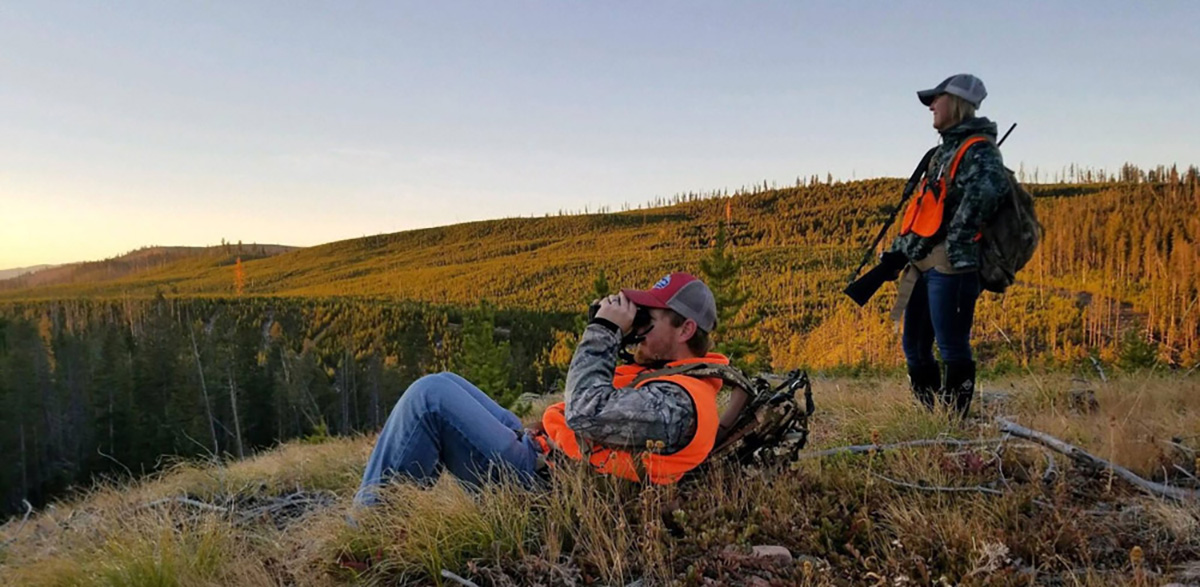
When it comes to CWD management, hunters must be a big part of the solution. When state or Tribal agencies use the best available science to create a CWD strategy, hunters must step up and help implement that strategy.
A key component of CWD management is simply promoting overall herd health. In many parts of the country, that requires reducing herd numbers and densities to sustainable levels. Not only can this help grow big, healthy bucks, but it also means hunters get to take more does. I don’t know about you, but any chance I get to solve a problem by hunting more is a chance I’m going to take.
At a minimum, hunters should follow CWD regulations, including being sure not to move deer or elk heads and spines from CWD affected areas. We also should not spread information about CWD without verifying its accuracy.
When agencies no longer consider hunters a partner in CWD management, we lose our seat at the table, and whoever replaces us is unlikely to have our interests in mind.
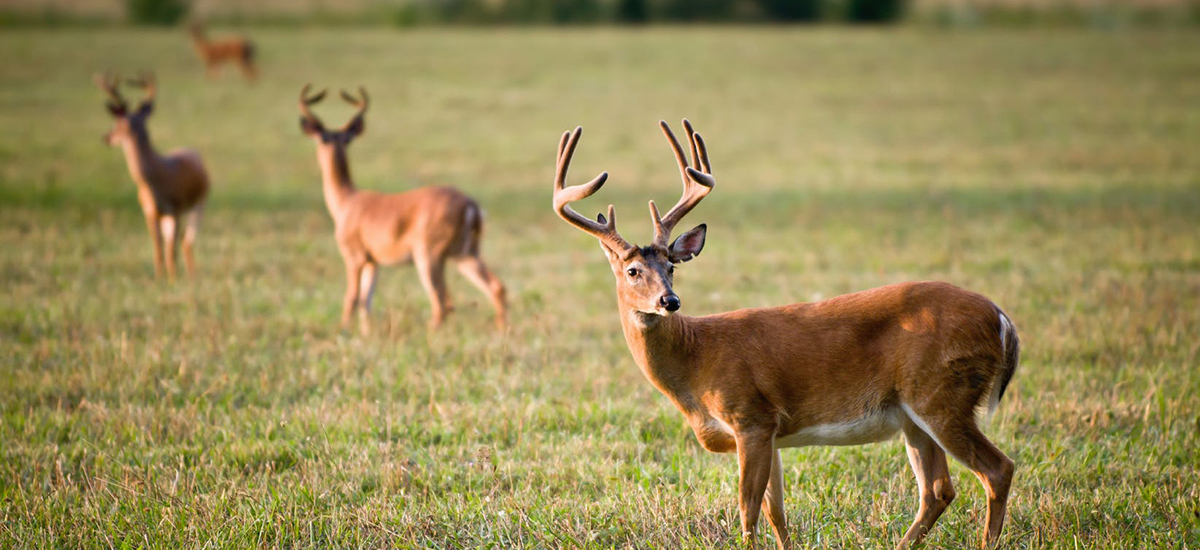
Too many live deer are moved around the country every day. Herd certification protocols have failed to prevent the spread of CWD among captive facilities. Testing requirements are too often ignored and when CWD is discovered in a captive herd it is sometimes ignored or covered up. If we are going to continue to allow deer and elk farming in the era of CWD, we must make sure that the industry holds up their end of the bargain. It was great to see representatives of the captive deer industry participating in this conference; let’s hope they take the next step and become part of the solution.
Hunters must step up here as well. The best thing we can do is debone deer in the field and avoid transporting skulls, spines, and lymph nodes.
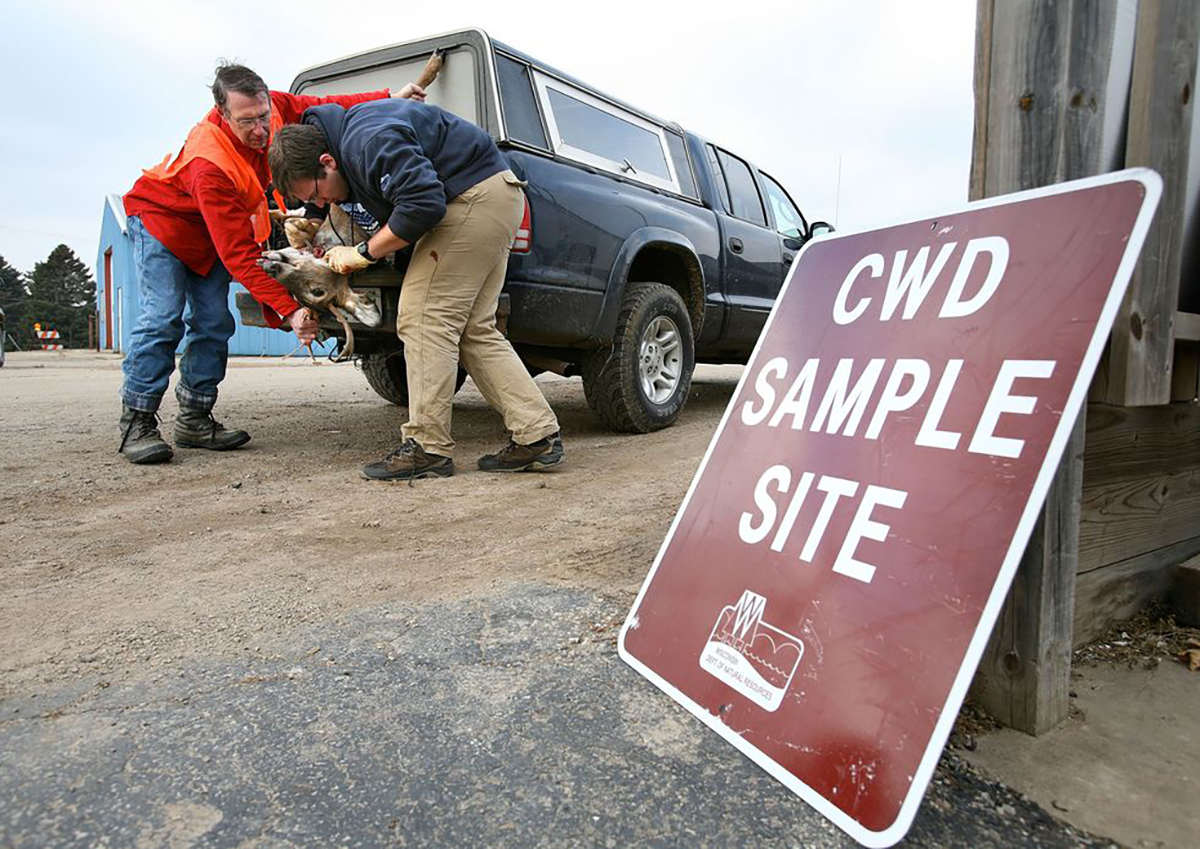
CWD is a challenging disease, but we can manage around it.
CWD prions can exist in the environment for years, bind to soil and plants, and spread very quickly. Multiple factors compound this challenge: CWD testing is not cheap, carcass-side tests need improvement, vaccines have not been successful, and breeding resistant animals has not made great strides (not to mention the fact that it has no applicability to wild deer). The silver bullet we have been looking for since CWD was first identified probably does not exist.
It had been 14 years since this conference was last held, and as you might imagine, a lot of work has been done to better understand and manage CWD since 2009. There is tremendous value in getting all parties involved, including hunters, in the same place for a few days. If we want to make a dent in CWD, we need to make such gatherings happen more often. By continuing to learn more about this disease and collaborating, we can continue to put what we already know into action. That is why the TRCP worked to get the CWD Research and Management Act passed, and why we continue to work to ensure it is funded. It’s also why we continue to advocate for hunting as a CWD management tool and continue to remind hunters that managing CWD means better hunting.
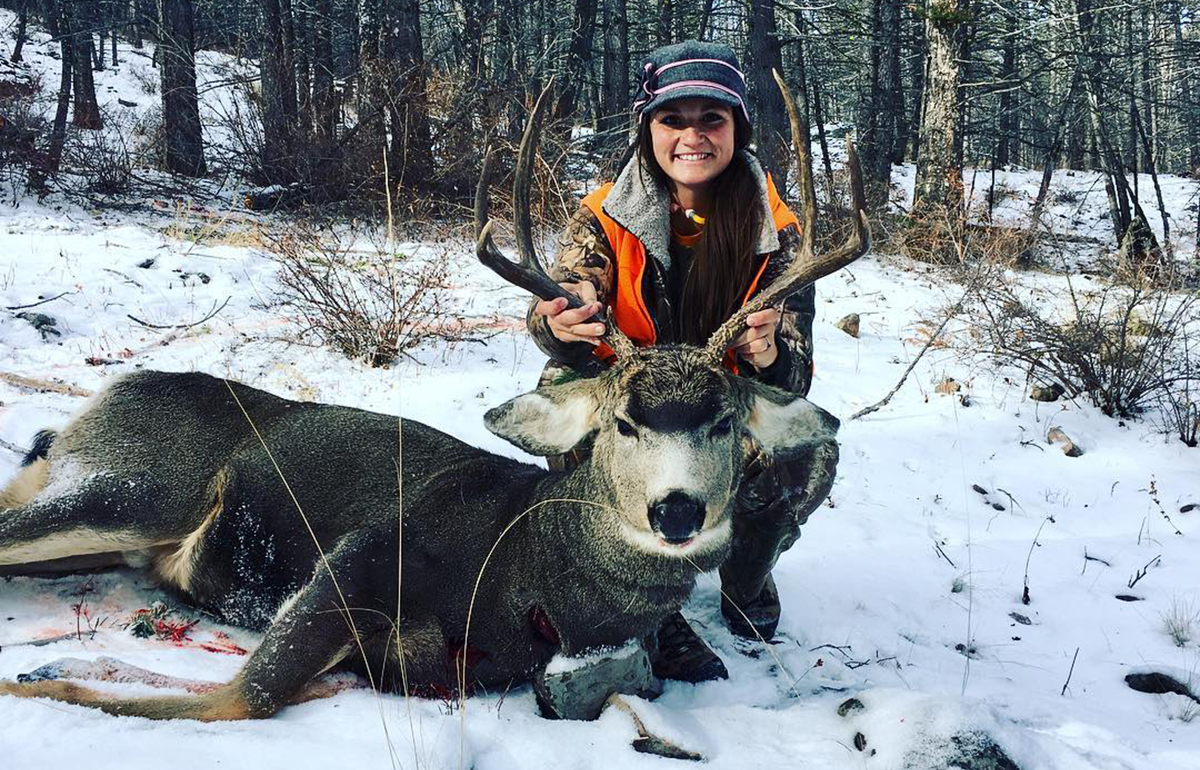
No one wants to be patient zero. Get your deer tested and demand that your state make testing easier.
One bright spot in the conference were the presentations reinforcing a lack of evidence for humans contracting prion disease from deer. Hunters in areas with long-term CWD currently do not show higher rates of prion disease than the general population, and even people who consumed meat from infected animals have not shown higher rates of disease. So far, the “species barrier” that prevents a CWD prion from affecting humans appears to be holding up. That is great news, but it does not mean we are out of the woods. Prion disease has spread across species, including to humans, in the past, and human prion diseases can take years or decades to become symptomatic.
The CDC still recommends that we do not consume meat from infected animals, so get your deer tested if you are hunting where CWD is prevalent. If testing is difficult or expensive in your state, make sure your elected officials know that this is important to you and to the future of deer hunting.
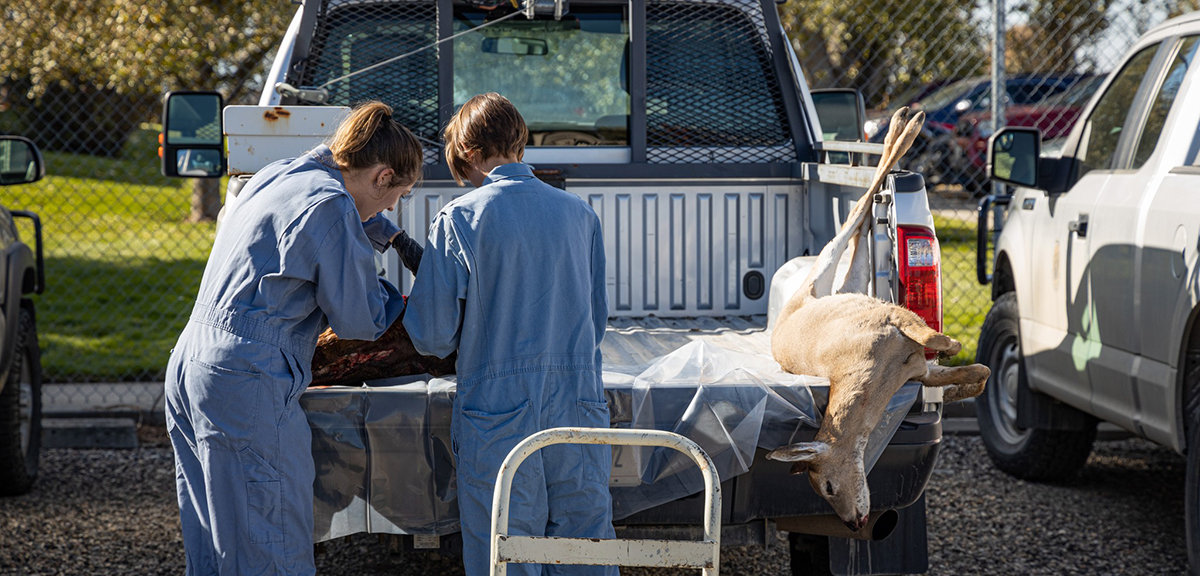
If we are going to make a dent in CWD, eradicate it, or even learn to live with it, we need to keep learning more about it. Researchers across the country, and even around the world, are working to better understand how CWD spreads, what leads to the most spread, where pathways to human disease exist, and how overall herd health can be maintained. Right now, there is still a massive shortage of funding to do this type of research, creating a bottleneck between a problem and its solutions. There are also onerous requirements for researchers that prevent them from doing CWD research in the first place.
Researchers know what is preventing them from getting answers, and the TRCP and our partners are taking that knowledge and using our policy expertise to remove roadblocks. This is how we will make sure we have the information hunters and agencies need to maintain healthy deer herds and great deer hunting.
Theodore Roosevelt’s experiences hunting and fishing certainly fueled his passion for conservation, but it seems that a passion for coffee may have powered his mornings. In fact, Roosevelt’s son once said that his father’s coffee cup was “more in the nature of a bathtub.” TRCP has partnered with Afuera Coffee Co. to bring together his two loves: a strong morning brew and a dedication to conservation. With your purchase, you’ll not only enjoy waking up to the rich aroma of this bolder roast—you’ll be supporting the important work of preserving hunting and fishing opportunities for all.
$4 from each bag is donated to the TRCP, to help continue their efforts of safeguarding critical habitats, productive hunting grounds, and favorite fishing holes for future generations.
Learn More
